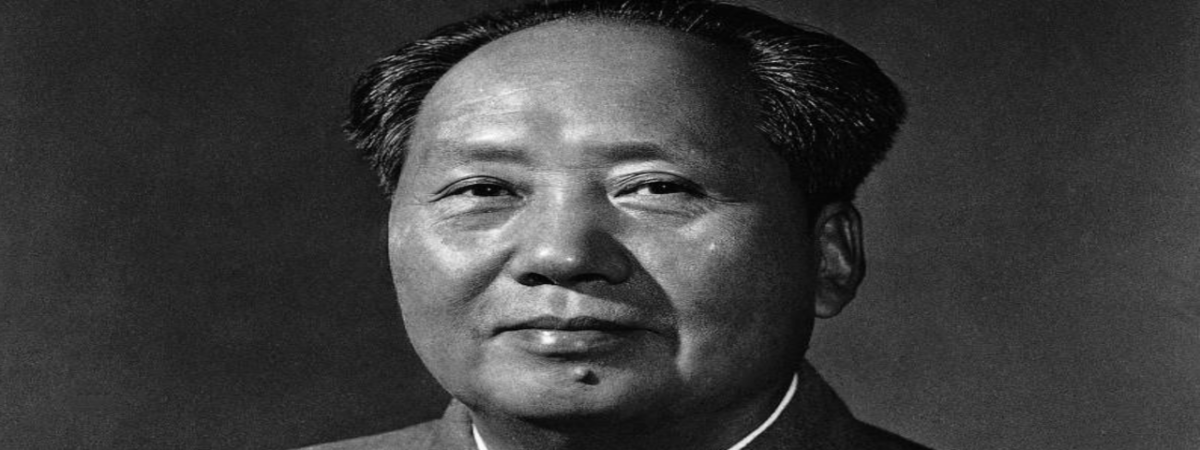Childcare: the government is trying to achieve too many things – and ends up achieving none
SUGGESTED



I look at the childcare sector very much as a parent, but also as an economist. And in that role I can see that childcare must compete with other calls on private and public spending. Moreover government interventions in childcare resemble interventions in elderly care, health care, pensions, schools education, higher education and all sorts of other areas.
For instance, they may involve poor outcomes, wasted money, perverse distributional effects and unintended consequences. They also create vested interests and reluctance to change.
The ‘free childcare’ culture which we have been moving towards in recent years presents the sector with many problems. Nurseries and childminders already struggle with the 15 hours entitlement, and it is clear from a variety of sources that a large number of providers are opting out of the planned 30 hours. The funding received from the government often doesn’t cover all costs, and places have to be cross-subsidised by parents outside of the scheme paying more.
There doesn’t seem to be any logic to this; parents pay through the nose when their children are very small and then suddenly get a big chunk of taxpayer-funded generosity. I well remember when my elder daughter turned three and we were suddenly £3,000 a year better off.
Increasing dependence on government funds and over-charging some parents is a precarious position for providers to be in. Failure to square this circle is one of the reasons for the spate of closures and threatened closures of nurseries, and the continuing collapse of the number of childminders, now less than half of what it was twenty years ago.
Yet this is only one among several problems. Another is the regulatory demands the government has placed on the sector – the staffing ratios which seem to exceed most of those elsewhere in Europe, the new occupational qualifications and the still over-elaborate Early Years Foundation Stage.
The EYFS is based on an educational model of childcare, which for many children who only use nurseries for limited periods is probably unnecessary. The hours spent observing and photographing toddlers (and then photoshopping out their playmates’ faces) could be put to better use. No other country seems to have anything quite like this.
Government intervention in pre-school is a comparatively recent phenomenon; until the mid-90s it was largely the preserve of the commercial and voluntary sectors.
The motivation behind state involvement is confused. Over the years, it has embraced several sometimes conflicting aims: to encourage more parents into work, to raise the quality of provision, to make childcare more accessible, and to support children from disadvantaged families with the objective of boosting future educational performance and life chances.
Given these disparate aims, it is difficult to evaluate performance overall. But evaluation on each of these criteria suggests pretty unimpressive results.
For example, under Labour much was made of getting more women back into work. There has been some effect, but really rather little. Free or subsidised formal provision often simply substitutes for informal childcare – for instance in the family – with little net effect on labour market supply. In one study the cost of getting an extra mother into employment was calculated at £65,000 per job, with many of these jobs being part-time.
If we think about provision for disadvantaged children, this is inadequately targeted and seems from published evaluation reports to have little lasting effect on future educational performance. Sure Start and associated Children’s Centres lost their original focus on the disadvantaged, the key element of the American Head Start programme which was originally the model.
The increased formalisation of childcare and its orientation to an early years education agenda don’t necessarily square with the needs of the many families who only use childcare for limited periods.
We are artificially increasing demand through ‘free’ hours and other support but at the same time we are reducing the potential supply of childcare.
It is becoming more and more difficult for less-qualified people, perhaps particularly those from minority and immigrant groups, to obtain work in the childcare sector either in nurseries or as childminders. This has driven up costs and thus made it more difficult for parents to find suitable provision.
I’d also point out that government spending in this area does nothing at all for families which don’t use formal childcare and are either stay-at-home parents or draw on grandparents or other family members. These parents are often drawn from the poorest socioeconomic groups, including minorities such as those of Bangladeshi heritage. This is one of several ways in which government childcare provision has a paradoxical tendency to increase measured inequality between households.
We spend approaching £7 billion a year on pre-school and childcare. It is not well-targeted, and the benefits often go to those who could well afford to pay for nursery care. The chief gainers in financial terms are middle-class households with two well-paid full-time earners.
Government policy on childcare has grown up in a haphazard way through the influence of well-meaning and concerned politicians and interest groups. But as in many areas, good intentions don’t necessarily make good policy. It’s very difficult to step back from the entrenched positions which providers and advocates have taken, but we need to do so now before the cost spirals further out of control.
We need to ask exactly why the government needs to be so involved in the childcare and pre-school sector, and what are the best forms in which any necessary intervention should take place. I hope discussions like this one today will help to clarify these issues.
Suggested further reading: ‘Getting the State out of Pre-School & Childcare’ by Len Shackleton and Ryan Bourne.
1 thought on “Childcare: the government is trying to achieve too many things – and ends up achieving none”
Comments are closed.





Terribly written peice, almost unreadable and most certainly not providing Any evidence.